I’ve been experimenting with film photography over the past few years. My dad is a photographer. So was his dad. But I didn’t really get into it myself until 2022, when I discovered the work of Czech photographer Miroslav Tichý.
Miroslav Tichý
Tichý was an outsider photographer who used homemade cameras to take clandestine photos of women around his hometown of Kyjov. He printed each negative only once, and thanks to shoddy equipment and intentional processing mistakes, his images feel more like poetry than photography.
There’s definitely a creepy and lonely quality to his work, but what really captured my imagination was the physicality of the photos themselves: the chemical burns, light leaks, folds, grain, blurs, and handmade frames all combined to make images that felt like they had been taken directly from a dream. I wanted to make pictures that felt like that too.
Cyanotype Animation
My first analog experiments began with cyanotypes, using an inexpensive SunPrint kit designed for kids. I converted a short video of a goat into stills, which I printed as a contact sheet on transparent film. I laid this negative over the photo-reactive paper and left it out in the sunlight for a few minutes. Then I soaked the paper in water—and as if by magic, a photographic print appeared.
I scanned the contact sheet at a high resolution, converted it to black and white, and sequenced the frames in After Effects to make this short clip. The film sheet I used wasn’t intended for high-fidelity printing, so the ink smeared in unexpected ways, creating surprising textures—which, of course, I loved.
Half-Frame Photography
Next, I got one of the cheapest film cameras I could find: the Kodak Ektar H35—basically a glorified disposable camera. It shoots half-frames, so instead of getting the usual 36 horizontal shots per roll, you get 72 vertical shots. Since analog photography can get expensive, this is a nice way to cut your film costs in half.
I started messing with the negatives: brushing them with salt water, scratching them with a pin, dabbing them with bleach. I made inkjet prints and soaked them in dirty water. I was getting closer to my vision, but something was still missing.
DIY Darkroom
Then last week, the obvious occurred to me: film is designed to be printed in a darkroom. So I treated myself to an early birthday present and ordered the gear to convert our downstairs bathroom into a temporary darkroom. Everything arrived yesterday, so I haven’t had a chance to use it yet, but I’m looking forward to sharing some prints with you soon. My goal is to use these photos to make zines and experimental animations. Stay tuned.
Join the Chat
If you’re interested in learning more, I just started an analog film chat. As usual, the work people have been posting there is beautiful and innovative, and everyone has been so generous about sharing their processes. If you shoot on film or experiment with other analog photo processes, I’d love it if you shared your work there. It’s a fun space, and I’ve already learned so much.
You can also visit the animation chat and zine chat, where people have also been experimenting with analog film techniques: Super 8 stop motion, zines of abstract damaged polaroids, cyanotype animations, and much more. Hope to see you there.





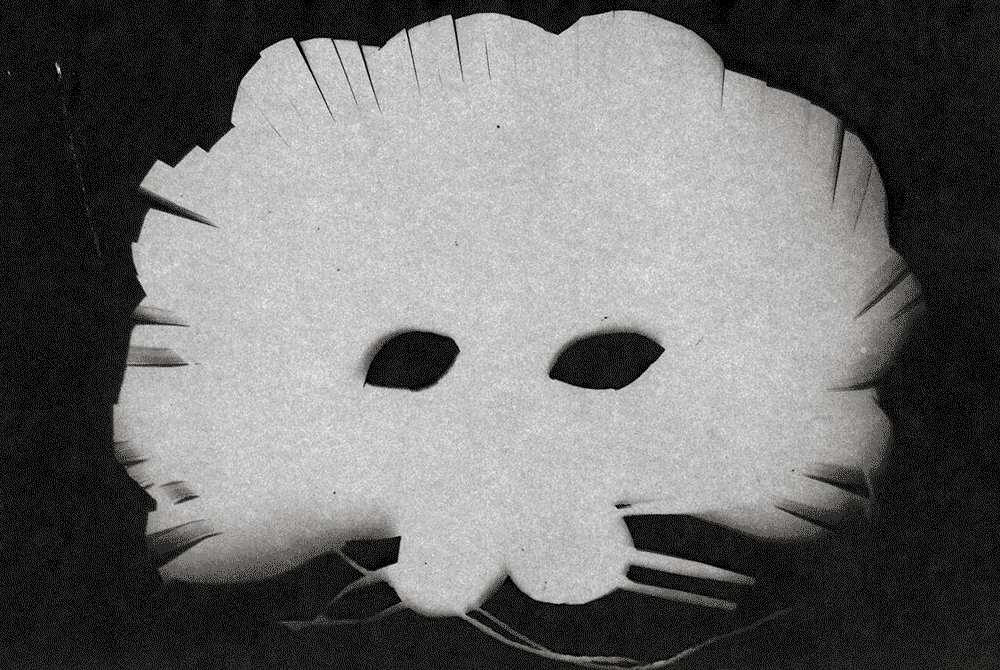


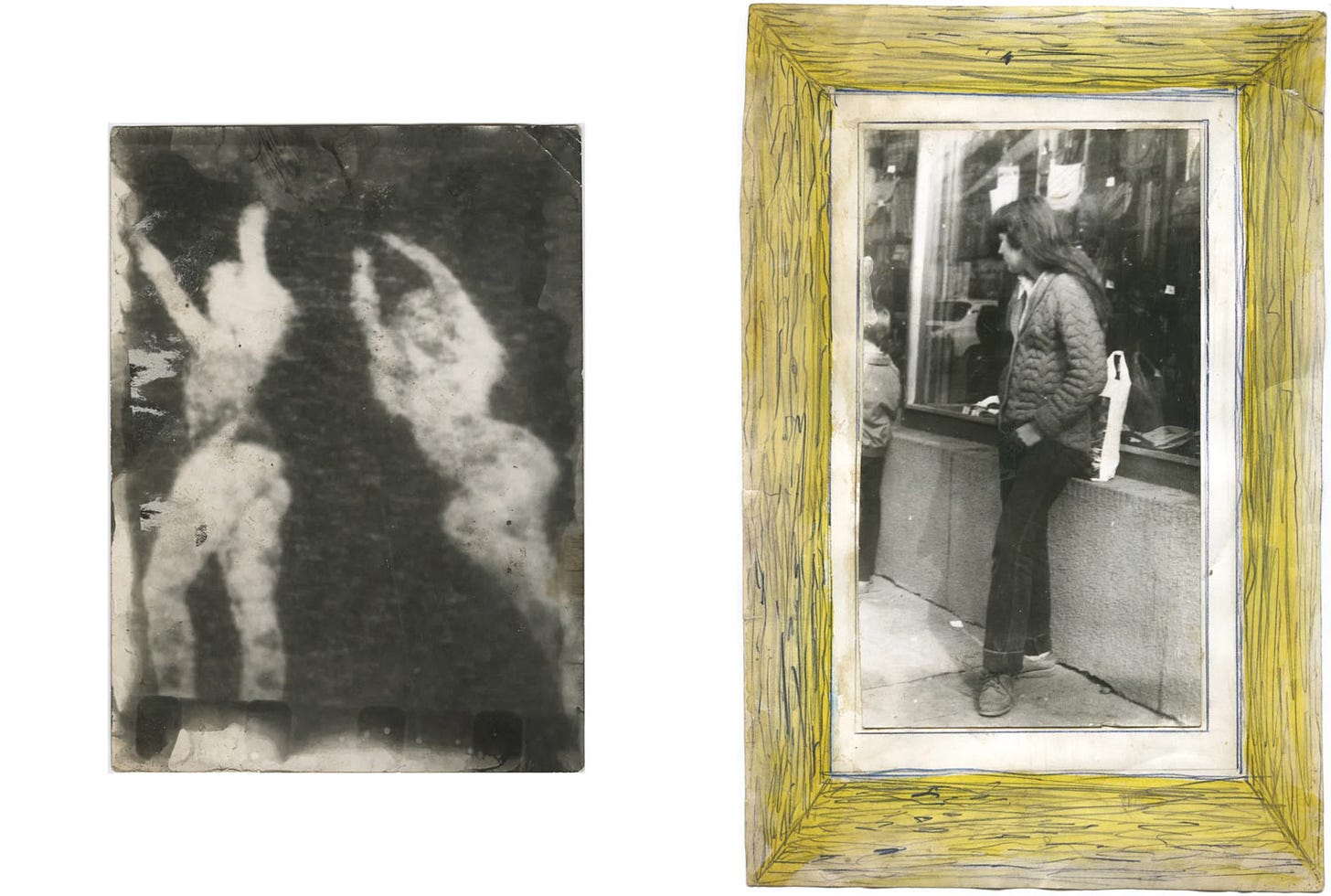
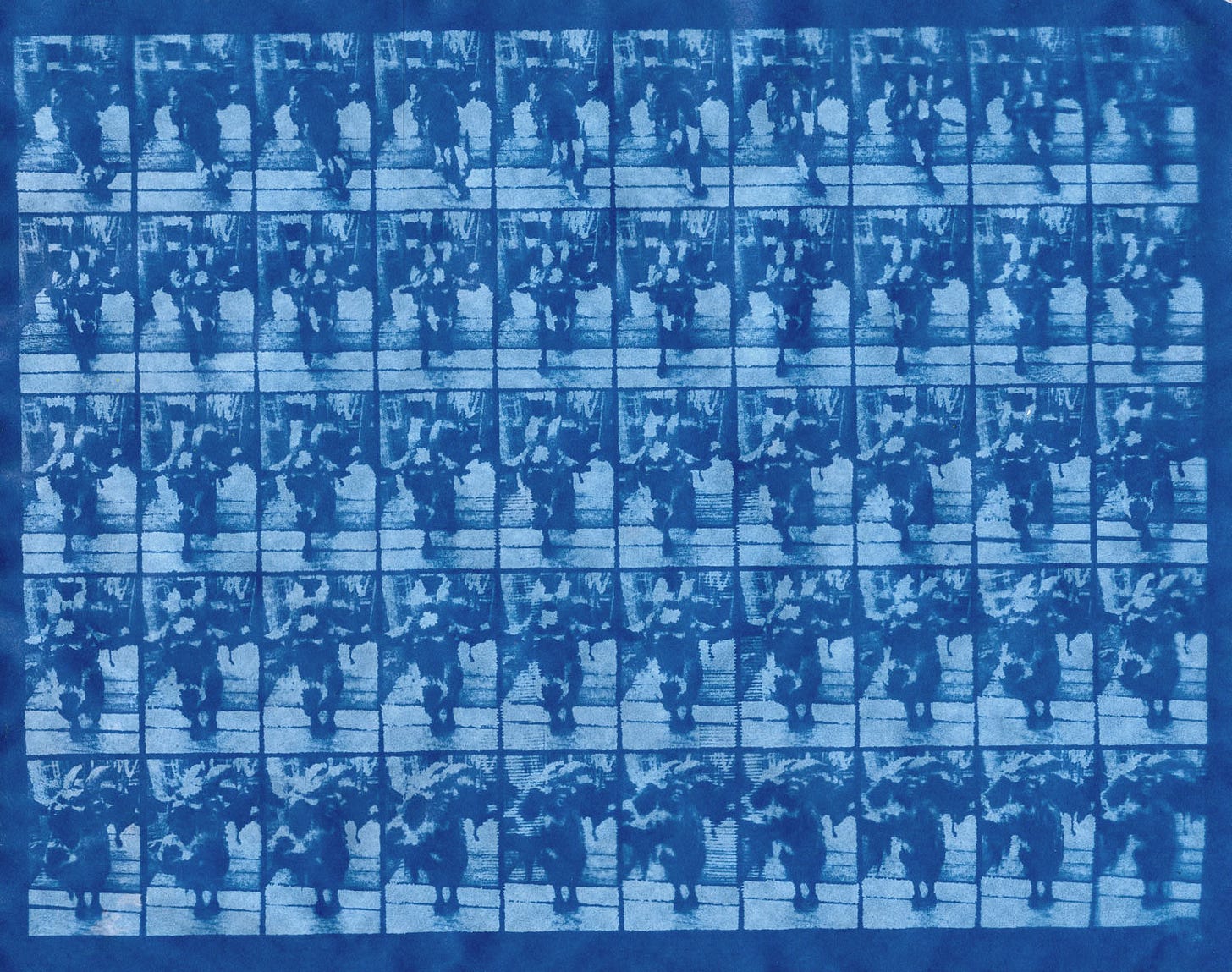

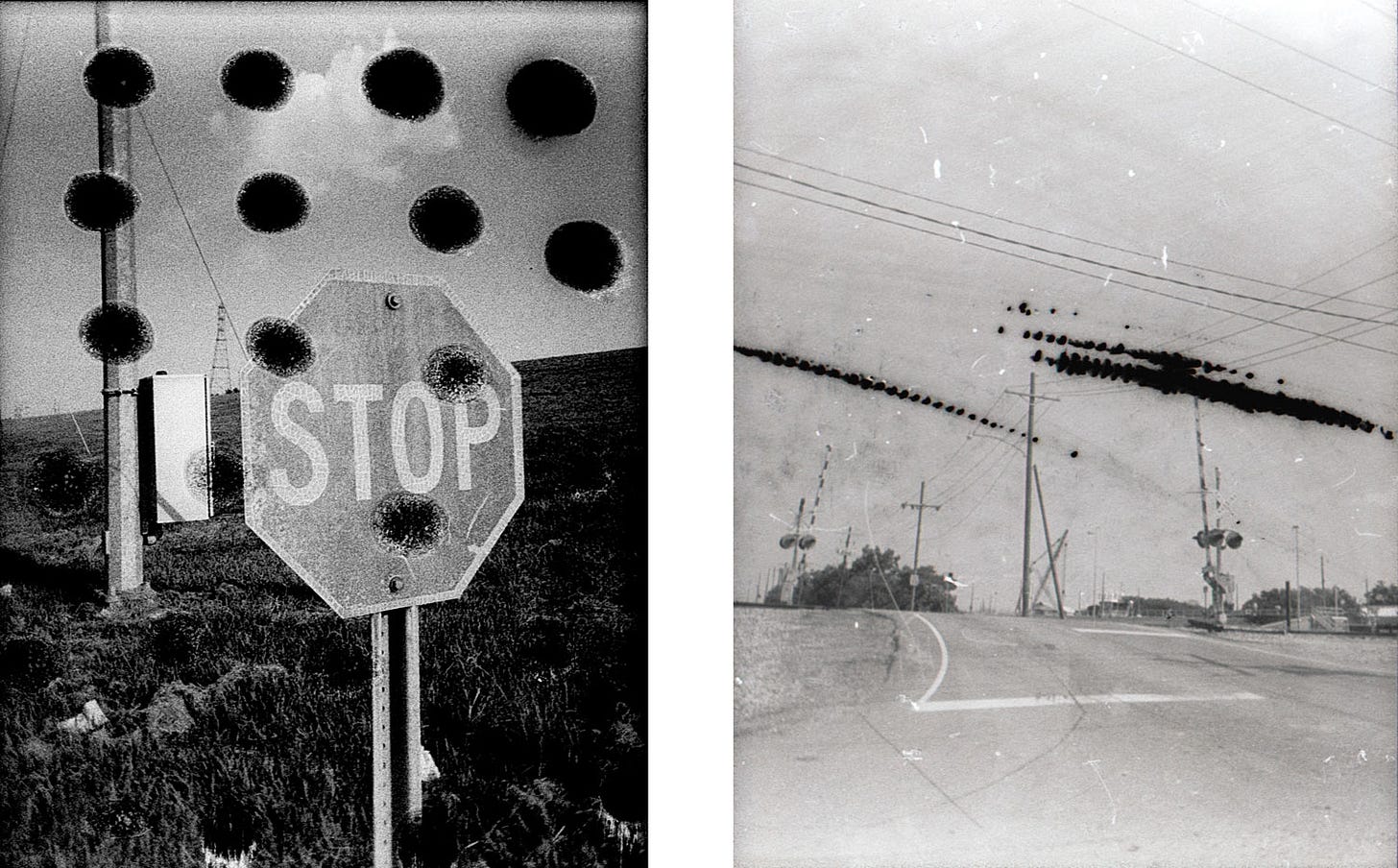
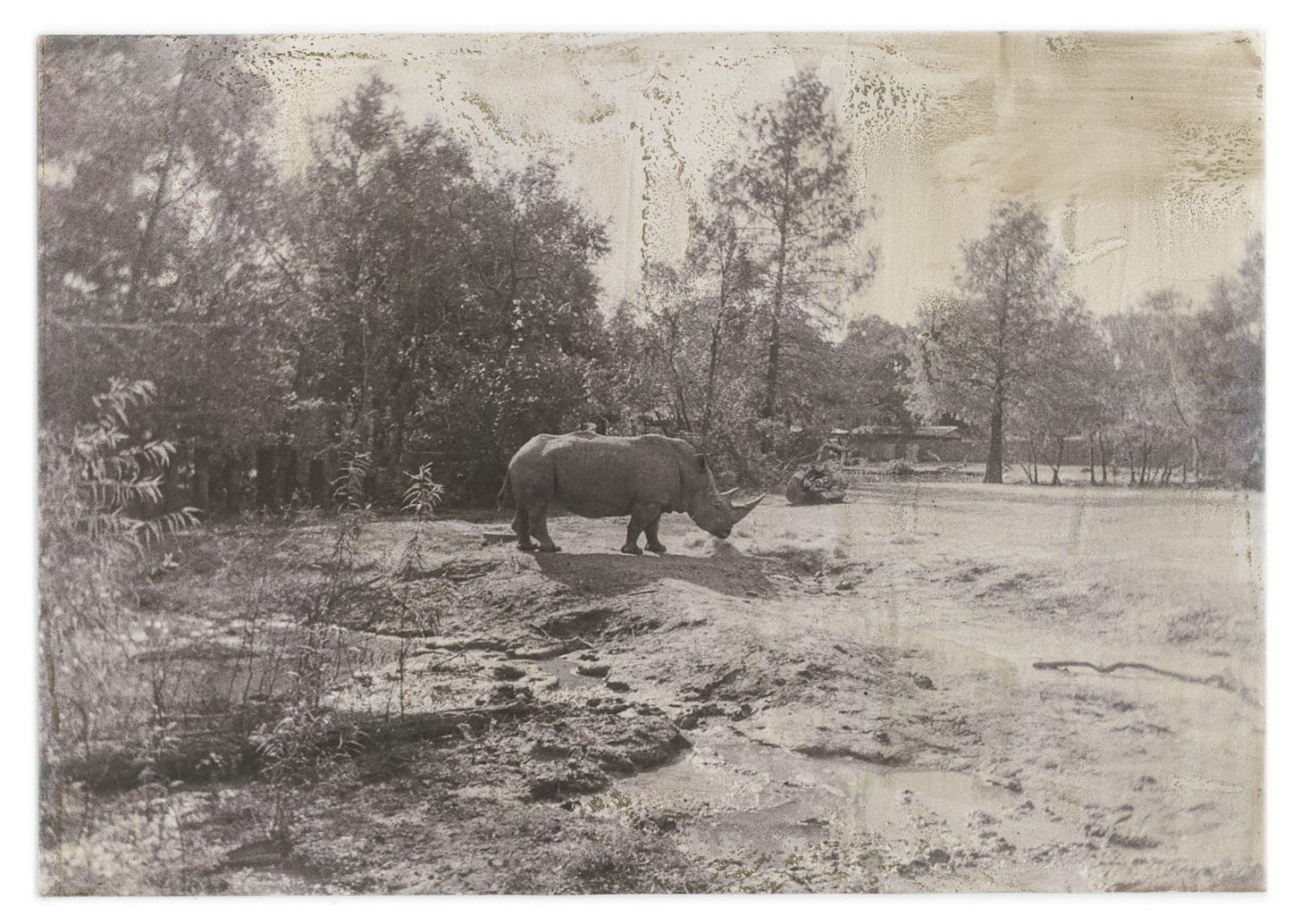
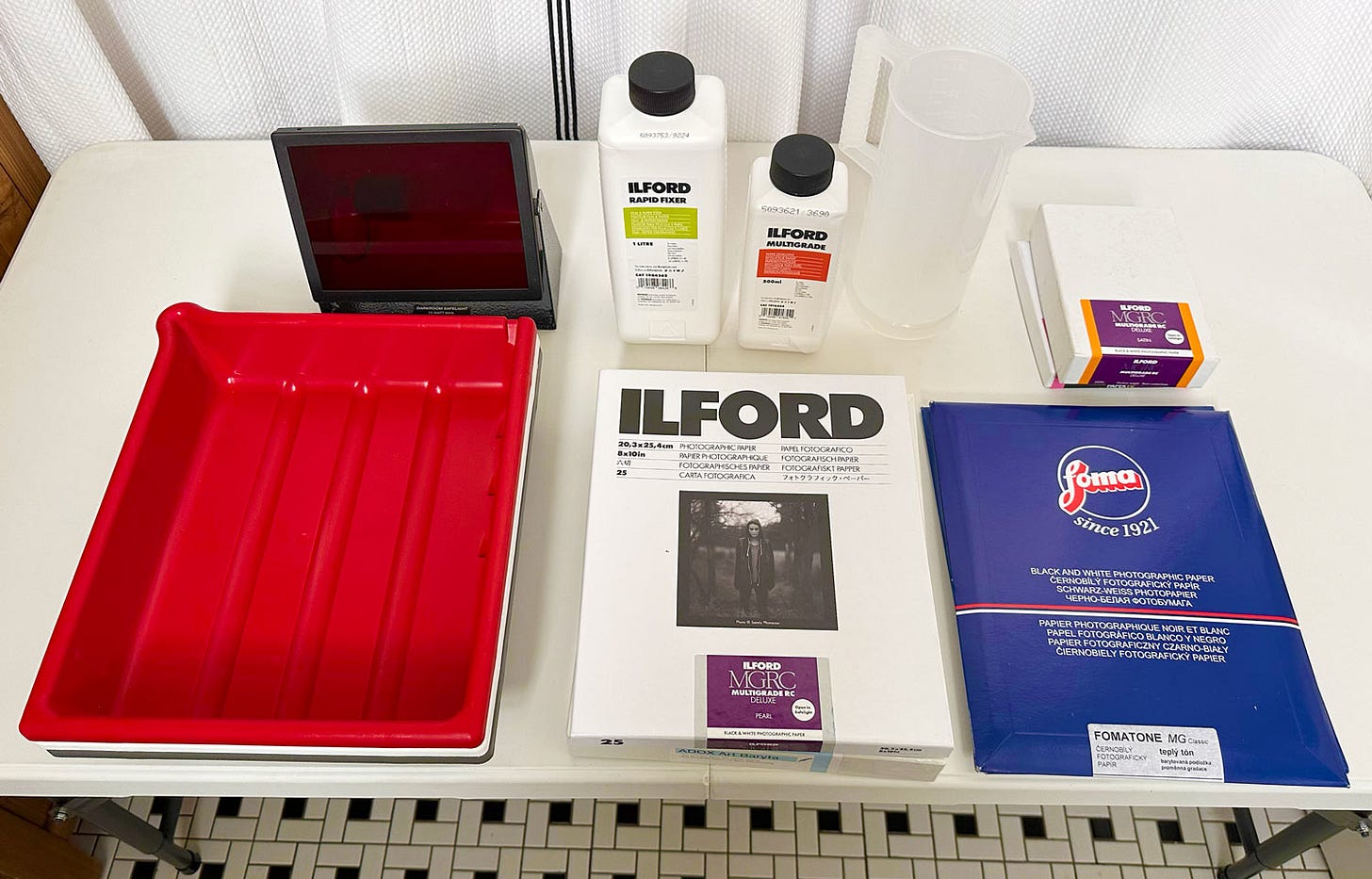

Love it! Can’t wait to see what you make in the darkroom :)
Love the last two cyanotypes! they remind me Robert Breer's animation